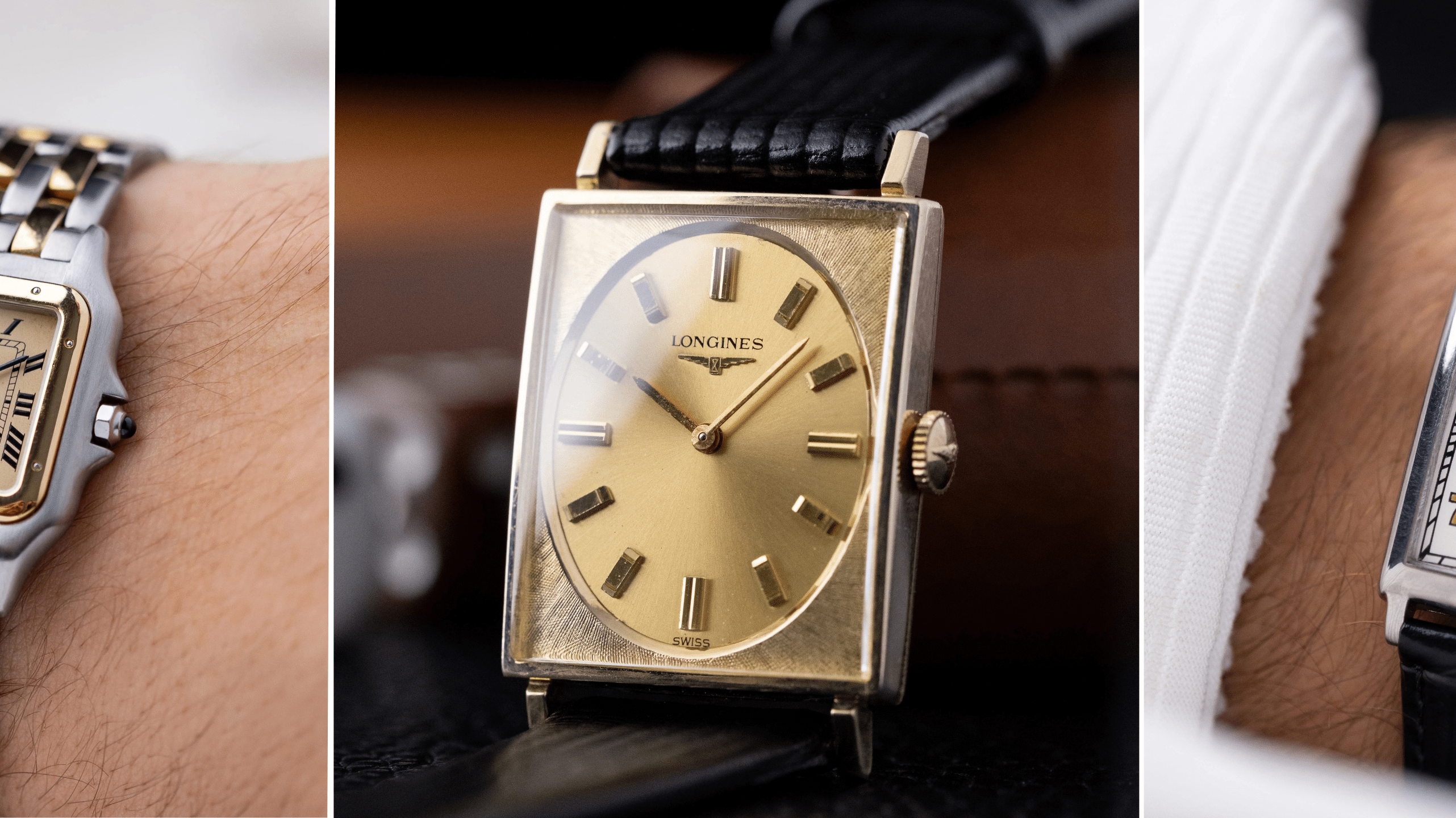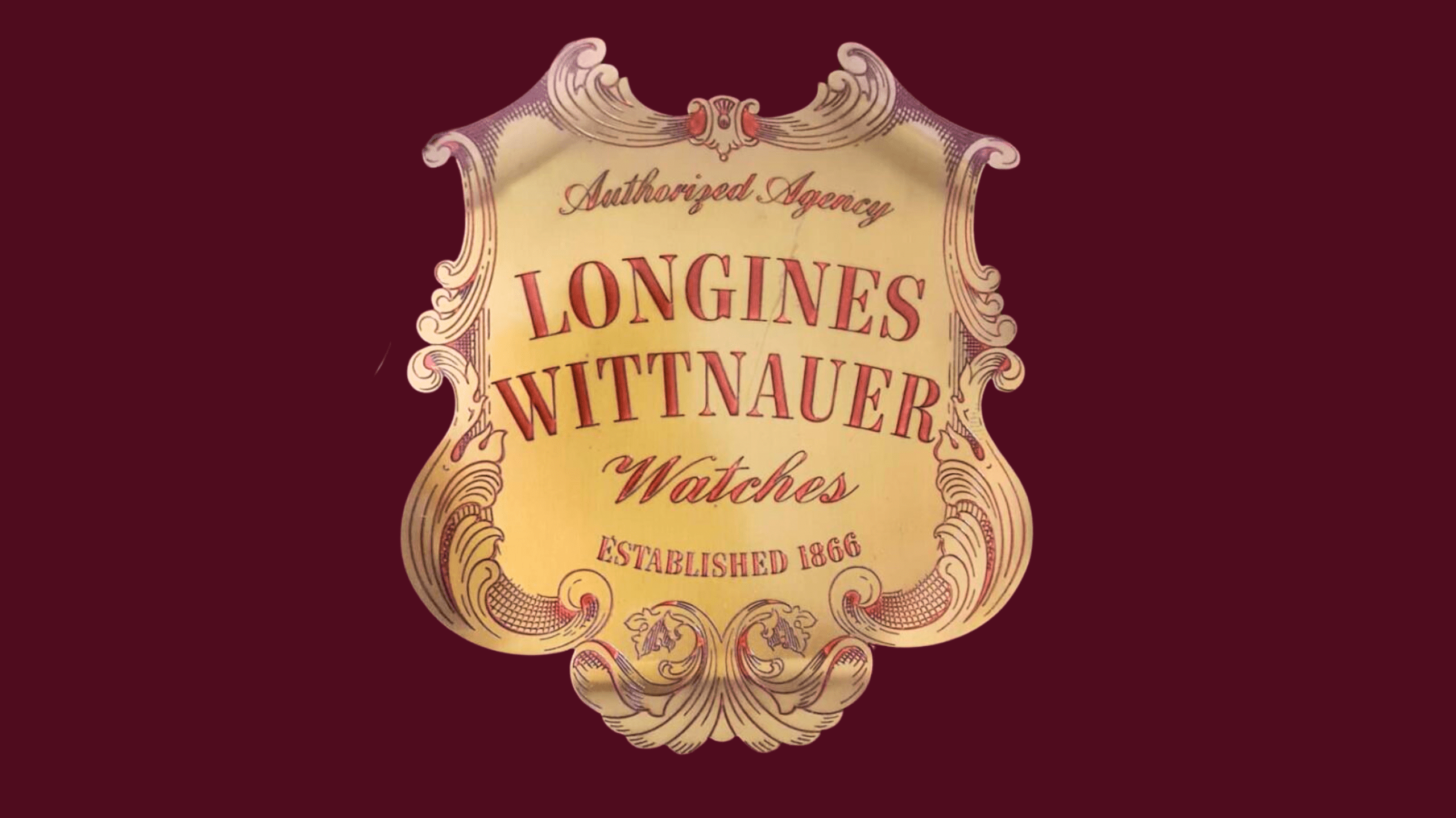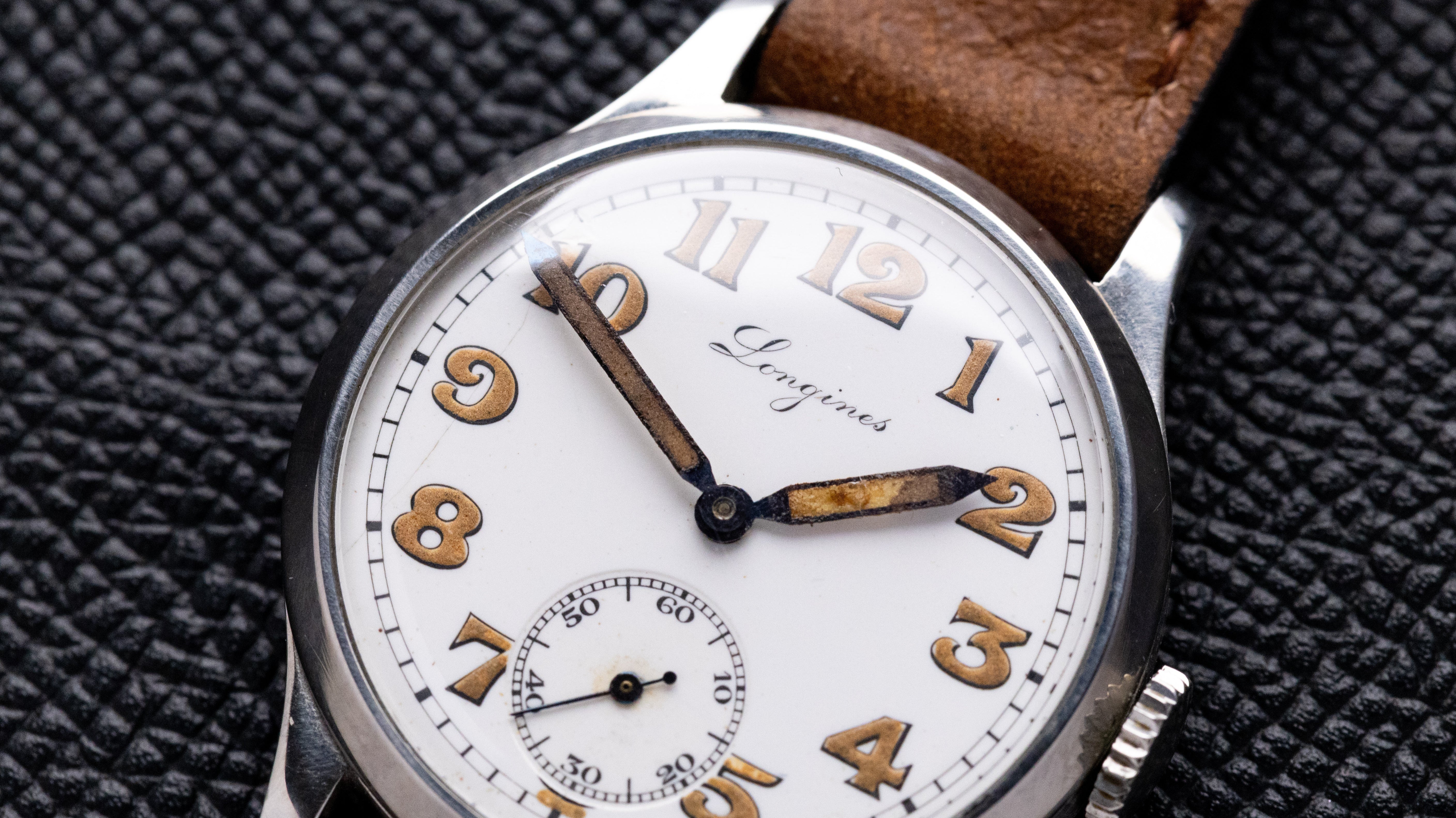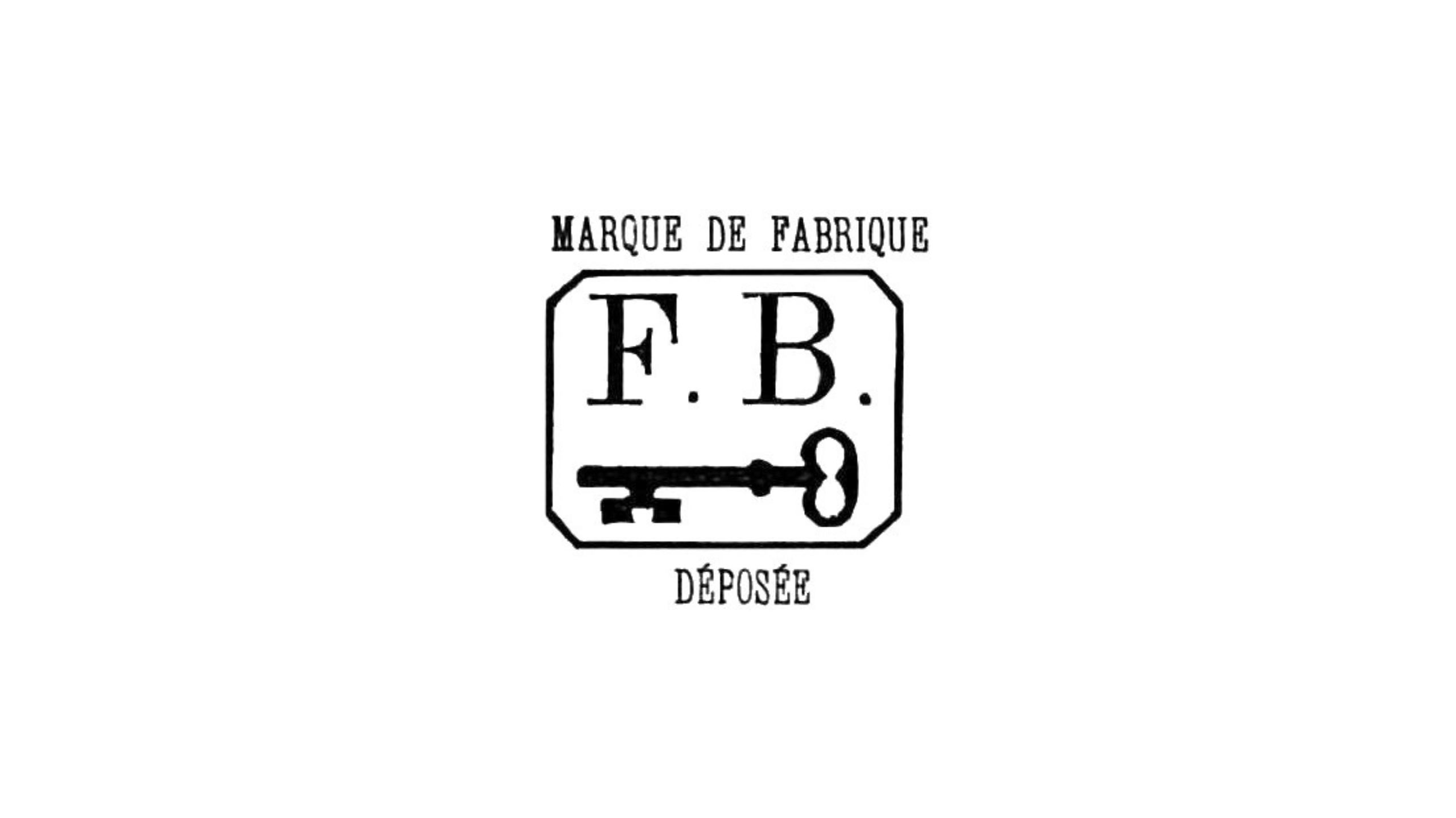When it comes to choosing the perfect watch, one of the fundamental decisions buyers face is between 12-hour and 24-hour formats. This choice is not just about telling time but also reflects personal style, functionality preferences, and even cultural influences.
While the 12-hour watch is ubiquitous and deeply ingrained in daily life for many, the 24-hour watch offers a unique approach to timekeeping, often appealing to those who crave a connection to military timekeeping, travel frequently across time zones, or simply desire something a bit different.
Understanding the distinctions between these two types of watches is crucial for consumers aiming to make an informed decision that aligns with their lifestyle and aesthetic preferences. This comparative analysis delves into the history, design, pros and cons, and ideal use cases for each watch type, providing a comprehensive guide to help navigate this timeless choice.
History and Evolution of Watch Formats
Origin of 12-Hour Watches
The 12-hour watch format has roots stretching back to ancient civilizations, where early timekeeping devices like sundials and water clocks divided the day into 12 hours. This division was influenced by the lunar cycle and the 12 constellations through which the moon travels. The transition to mechanical clocks in the Middle Ages cemented the 12-hour format as a standard, with the day split into two cycles: AM (ante meridiem) and PM (post meridiem). This format has prevailed due to its simplicity and the ease with which people can relate the time to their daily activities.

Omega Constellation C-Shape from 1960's as an example of 12-hour watch
Development of 24-Hour Watches
The 24-hour watch format, on the other hand, is often attributed to the needs of explorers, military operations, and scientific work, where a clear distinction between AM and PM hours could be crucial.
This format became more prominent with the advent of global exploration and the need for precise timekeeping across different time zones. The 24-hour format is especially favored in fields where ambiguity in time reporting can lead to confusion or errors, such as in aviation and the military.
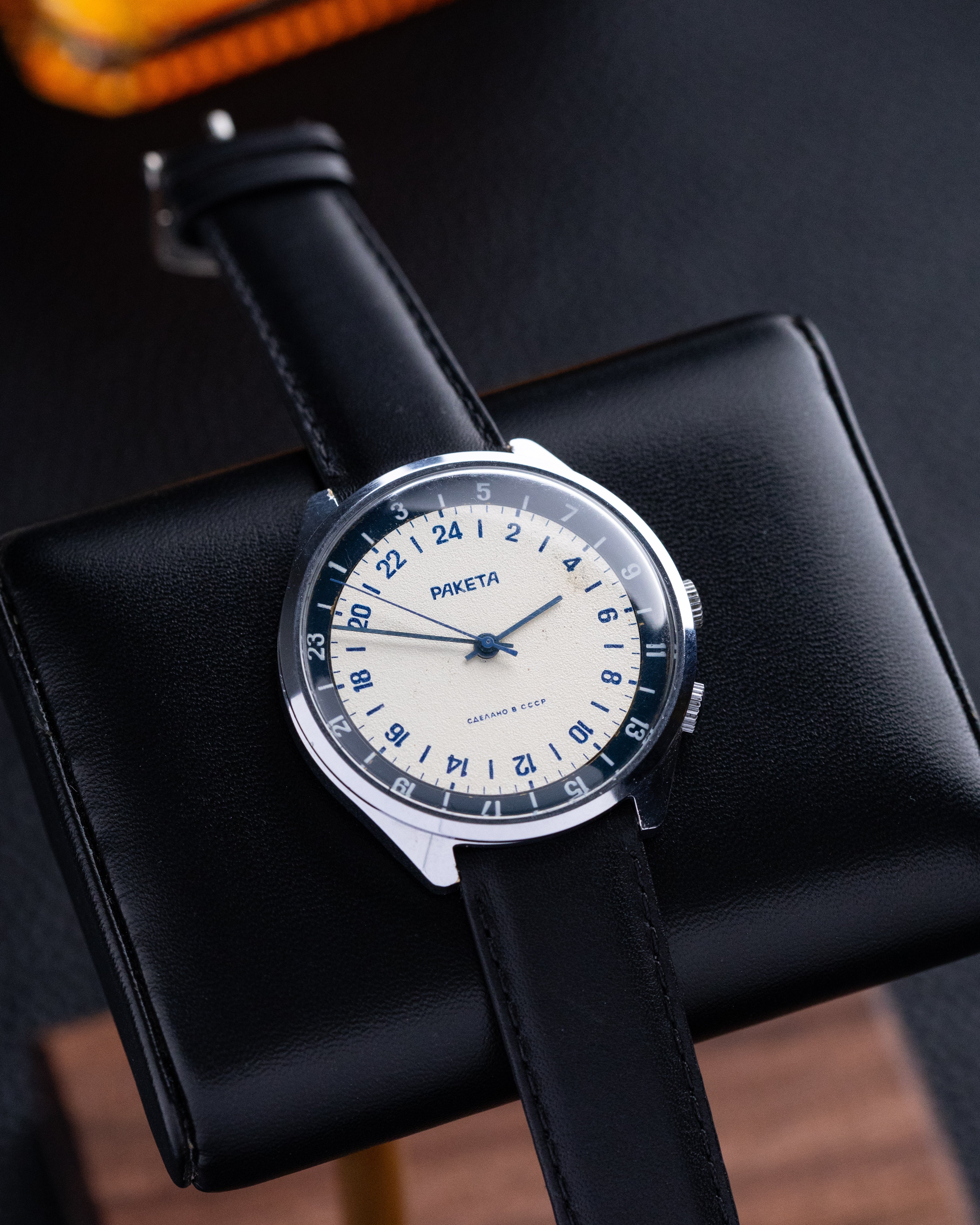
Raketa soviet watch from 1970's as an example of 24-hour watch
Cultural and Practical Influences on Watch Formats
The choice between 12-hour and 24-hour formats is also shaped by cultural preferences and practical considerations.
For instance, in many English-speaking countries, the 12-hour format is predominant in civilian life, while the 24-hour format is commonly used in military, aviation, and in certain European and Asian countries for general timekeeping. This duality highlights the adaptability of watch designs to meet various societal needs and individual preferences.
Understanding 12-Hour Watches
Design and Functionality
12-hour watches are characterized by their display of the time in a 12-hour cycle, necessitating the user to interpret the time based on contextual clues (AM or PM) unless specified by an additional AM/PM indicator.
This design has been refined over centuries, leading to a wide variety of styles, from classic analog displays with two rotating hands to digital screens that can toggle between 12-hour and 24-hour modes.
The primary appeal of these watches lies in their traditional aesthetics and the intuitive understanding of the time they offer, making them a staple in everyday wear.

Raketa 24-hour vs Raketa 12-hour watch: side-by-side comparison of dial functionality and readability
Pros and Cons
Advantages
- Intuitive Readability: The 12-hour format aligns with the natural cycles of day and night, which most people find intuitive for planning their daily activities.
- Variety in Design: Due to its widespread use, there is a vast selection of 12-hour watches available, catering to all tastes, from luxury timepieces to casual, everyday watches.
- Ease of Use: For those accustomed to the 12-hour system, these watches offer straightforward time-telling without the need for conversion or calculation.
Disadvantages
- AM/PM Confusion: Without an AM/PM indicator, it can be easy to mix up morning and evening times, which might not be ideal for those with schedules that span both parts of the day.
- Less Precision for Global Use: Travelers and professionals working across different time zones might find the 12-hour format less efficient, as it requires mental adjustments to convert times accurately.
The 12-hour watch serves as a bridge between tradition and modernity, offering a user-friendly interface that caters to a wide audience. Its design and functionality speak to a long history of timekeeping that prioritizes simplicity and accessibility.
Understanding 24-Hour Watches
Design and Functionality
24-hour watches display the time in a continuous cycle from 00:00 to 23:59, eliminating the need for AM and PM distinctions. This format is particularly favored in military contexts, aviation, and by travelers who navigate across various time zones.
The design of 24-hour watches often features a dial that makes one complete rotation every 24 hours, as opposed to the 12-hour watches' two rotations per day. This unique aspect can include a larger dial to accommodate the additional hour markers, offering a distinct aesthetic and functional appeal.
Digital versions easily switch between 12-hour and 24-hour modes, providing versatility for the wearer.

Detailed view of a Raketa 24-hour watch dial, illustrating the full-day time format
Pros and Cons
Advantages
Eliminates AM/PM Confusion: By using a single cycle for the entire day, 24-hour watches provide clarity, especially in documenting events or planning activities without the ambiguity of AM and PM.
- Preferred in Professional Settings: For industries requiring precision and unambiguous communication of time, such as military and aviation, the 24-hour format is essential.
- Ideal for Travelers: Those who frequently travel across time zones find the 24-hour format helpful in keeping track of the local time and their home time zone simultaneously.
Disadvantages
- Learning Curve: For those not accustomed to the 24-hour format, there can be an initial learning curve in reading the time quickly and efficiently.
- Limited Design Options: While gaining popularity, 24-hour watches are still less common than their 12-hour counterparts, resulting in fewer style options.
24-hour watches cater to a niche yet growing audience that values precision and clarity in timekeeping. Their design and functionality reflect a modern approach to a traditional tool, bridging the gap between day-to-day convenience and professional necessity.
Comparison and Use Cases
Comparison of Features
- Readability: The 12-hour format offers intuitive readability for everyday use, aligning with societal norms and the natural day-night cycle. In contrast, the 24-hour format provides a clear, unambiguous representation of time, essential in professional and travel contexts where precision is key.
- Style: 12-hour watches come in a vast array of designs, from elegant, classic pieces to modern, casual styles, catering to personal tastes and occasions. 24-hour watches, though more limited in variety, often carry a unique appeal, especially to those who value their distinct functionality or association with professional fields.
- Functionality: While 12-hour watches suit everyday activities with their simple, straightforward design, 24-hour watches excel in situations requiring precise timekeeping across different time zones or in environments where ambiguity can lead to confusion or error.
Ideal Use Cases for Each Type
12-Hour Watches:
- Daily Wear: Perfect for routine activities, work, or social events where familiarity and ease of use are preferred.
- Fashion Statements: With a broader range of styles, 12-hour watches can complement personal style and preferences.
- Traditional Settings: Ideal for those who appreciate the classic approach to timekeeping and the history behind it.
24-Hour Watches:
- Professional Use: Essential for industries like military, aviation, and scientific research where precise, unambiguous time reporting is crucial.
- Travel: For frequent travelers, the 24-hour format helps in quickly adapting to new time zones and managing schedules across borders.
- Adventure and Exploration: Enthusiasts who engage in outdoor activities or exploration find the 24-hour format practical for its clarity and reliability.
The choice between a 12-hour and a 24-hour watch ultimately depends on personal preferences, lifestyle, and specific needs. While the 12-hour format remains the popular choice for everyday use, the 24-hour watch offers specialized benefits that cater to professional, travel, and adventure contexts.

Tissot Navigator as an example of 24-hour watch
Consumer Guide: Choosing Between 12-Hour and 24-Hour Watches
When deciding between a 12-hour and a 24-hour watch, consider the following factors to ensure your choice aligns with your lifestyle and preferences:
Factors to Consider
- Lifestyle: Evaluate your daily activities, work environment, and leisure habits. If your routine involves standard office hours or social events, a 12-hour watch might be more suitable. For those in the military, aviation, or frequent travelers, a 24-hour watch could offer practical benefits.
- Personal Style: Think about whether you view your watch primarily as a fashion accessory or a functional tool. The vast array of designs available in 12-hour watches might appeal to the fashion-conscious, while the distinctive look and specialized function of 24-hour watches attract those who prioritize utility or have a keen interest in military-style precision.
- Ease of Use: Consider how comfortable you are with reading time in either format. If you prefer a straightforward, intuitive read, the 12-hour format is likely your best bet. For those accustomed to or willing to adapt to the 24-hour system for its precision and clarity, a 24-hour watch could be more appealing.
Recommendations Based on Lifestyle and Preferences
- For the Fashion-Forward and Everyday User: A 12-hour watch offers versatility and ease, fitting seamlessly into most aspects of daily life and complementing a wide range of personal styles.
- For the Professional, Traveler, or Adventure Seeker: A 24-hour watch is invaluable for its precision, clarity, and utility in environments where time is of the essence and ambiguity is not an option.
Choosing between a 12-hour and 24-hour watch comes down to a balance of aesthetic preference, functional need, and personal lifestyle. Whether you lean towards the traditional elegance and familiarity of a 12-hour watch or the precise, utilitarian appeal of a 24-hour model, your watch can be a reflection of your individuality and a tool that enhances your daily life.
The decision between a 12-hour and a 24-hour watch encapsulates more than just a method of timekeeping; it's a choice that reflects personal style, lifestyle needs, and professional requirements. Through understanding the history, design, and functionality of each type, consumers can make informed decisions that align with their preferences. Whether you value tradition and ease of use or precision and functionality, there's a watch out there that's the perfect fit for your wrist and your life.




